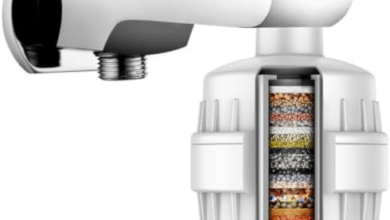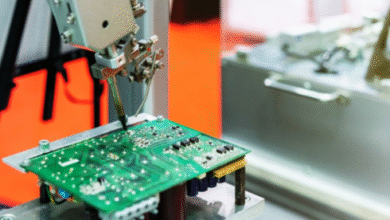Cleaning a spark arrestor without a blowtorch is possible using alternative methods. A spark arrestor is typically used on chimneys or exhaust systems to prevent sparks and embers from escaping and causing fires. Here’s how you can clean a spark arrestor without a blowtorch:
Materials you’ll need:
- Safety gear: Wear safety goggles, gloves, and a dust mask to protect yourself from soot and debris.
- Wire brush: A wire brush with stiff bristles can help remove soot and creosote buildup.
- Bucket or container: For collecting debris.
- Drop cloth or tarp: To protect the surrounding area from falling debris.
- Soot vacuum (optional): If available, a soot vacuum can make the cleaning process more efficient.
Cleaning steps:
1. Safety precautions:
- Put on your safety gear, including safety goggles, gloves, and a dust mask, before starting the cleaning process.
2. Remove the spark arrestor:
- Depending on the type of spark arrestor and how it’s installed, carefully remove it from the chimney or exhaust system. Follow the manufacturer’s instructions or consult a professional if you’re unsure.
3. Set up a workspace:
- Lay down a drop cloth or tarp in your workspace to catch falling debris and make cleanup easier.
4. Brush off loose soot:
- Use a wire brush to gently scrub the spark arrestor. Start by brushing off any loose soot and debris. You can do this over the bucket or container to collect the debris.
5. Clean the mesh:
- Pay special attention to the mesh or screen of the spark arrestor. Use the wire brush to scrub away any buildup or clogs. Work from both sides of the mesh to ensure thorough cleaning.
6. Vacuum (optional):
- If you have access to a soot vacuum designed for chimney cleaning, you can use it to remove finer soot and debris from the spark arrestor.
7. Rinse with water (optional):
- If the spark arrestor is particularly dirty or greasy, you can rinse it with warm water. Be cautious not to use excessive water, as it may lead to rust. Allow it to air dry completely before reinstallation.
8. Reinstall the spark arrestor:
- Once the spark arrestor is clean and dry, reinstall it following the manufacturer’s instructions.
9. Dispose of debris:
- Dispose of the collected debris properly, following local regulations and guidelines for disposing of soot and creosote.
10. Maintenance: – Regularly inspect and clean your spark arrestor to prevent excessive buildup and ensure it functions correctly. The frequency of cleaning will depend on usage and the type of fuel being burned.
Cleaning your spark arrestor is crucial for fire safety and maintaining the efficiency of your chimney or exhaust system. If you’re uncomfortable with the cleaning process or if the spark arrestor is difficult to access, consider consulting a professional chimney sweep or technician for assistance.
Also Read:
https://cogentpost.com/how-to-clean-hibachi-grill/
https://cogentpost.com/how-to-clean-hot-comb/
https://cogentpost.com/how-to-clean-ichlor-30-salt-cell/




